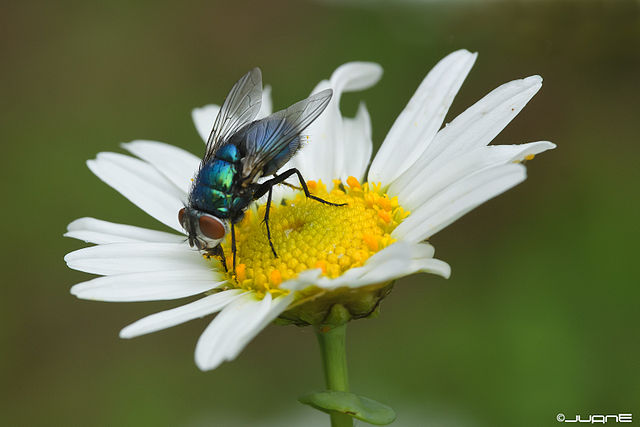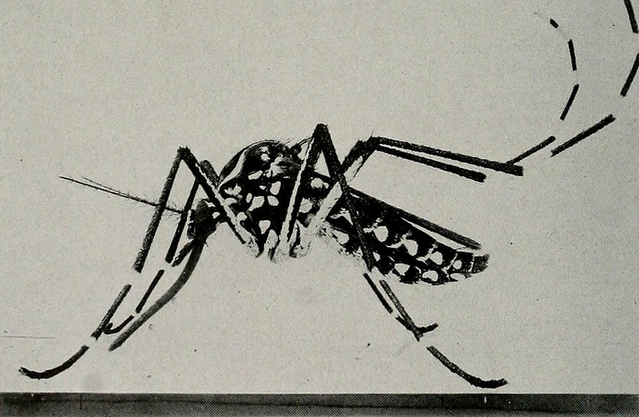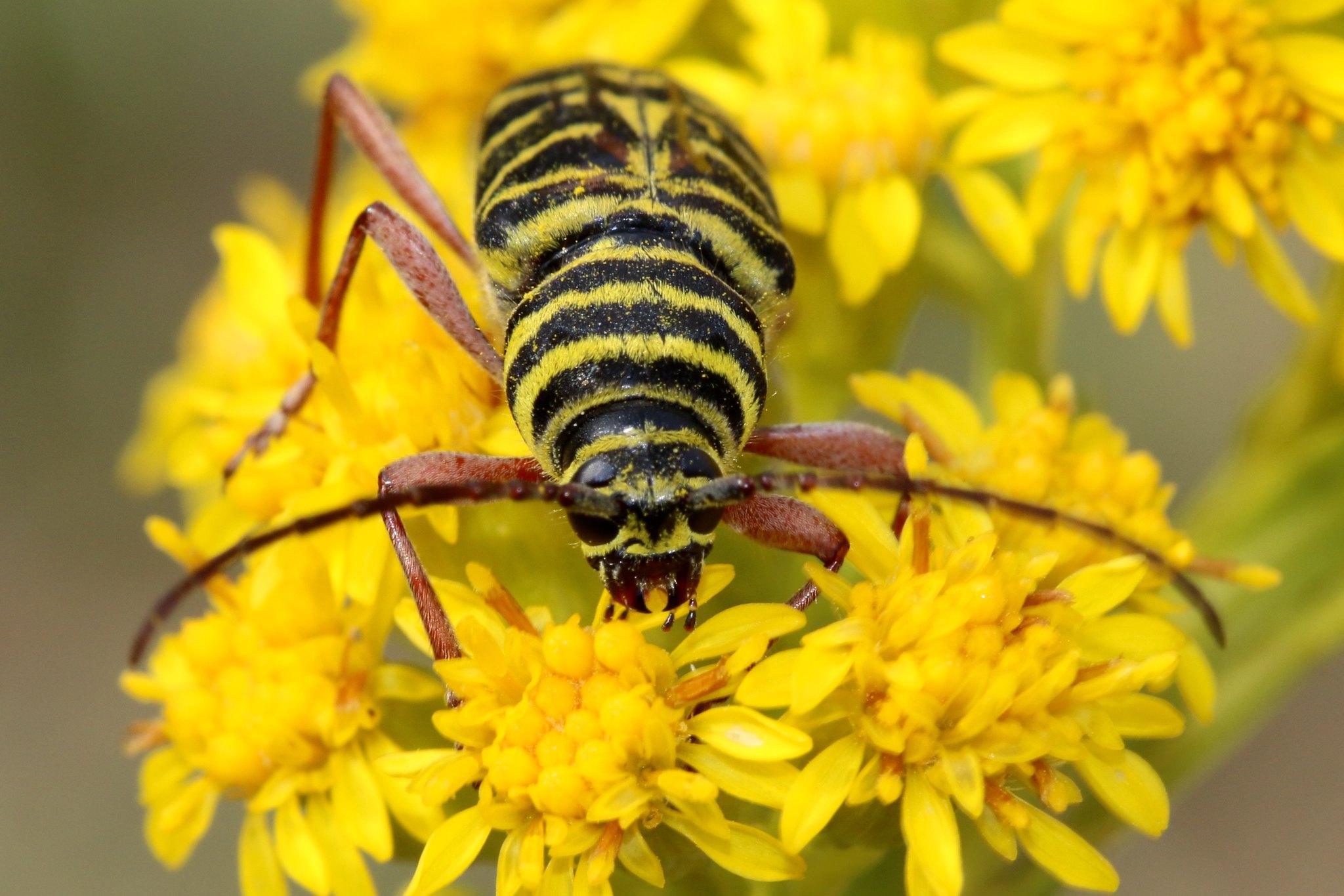This is our friend, the fly. It might be gross when you see her flying around your potato salad in the summer, but she is carrying a potentially vital cure. The larvae, or maggots that hatch out of fly eggs can be used to treat people who need treatment for skin wounds. — Yes, maggots can be used to treat wounds. It’s called larval therapy.
The treatment employs blowfly larvae that are carefully disinfected before being applied to a wound. These maggots are actually regulated by the US Food & Drug Administration, just like a drug or medical device. Nevertheless, the most commonly used species is Lucilia sericata, the common green bottle fly larva.
Why does this work? One of the most important parts of healing well is keeping a wound clean. Depending on the type of injury, wound care can be time consuming and painful with standard medical means. For example, someone who was injured by a fire over a large area of their body would need antibiotics, ointments, and daily re-bandaging, as well as removal of dead skin. Larval therapy reduces the need to use antibiotics by efficiently keeping wounds clean. Since the larvae preferentially eat dead tissues, leaving healthy tissue undisturbed, there is minimal pain than with surgical interventions.
Certainly, one of the barriers to the wide-spread use of larvae as a wound treatment is the “ick” factor. We imagine that maggots are found out in the wild — on decomposing things, in your trash, on old food you left out for too many days — not on wounds or abrasions that need to be kept clean.
This might seem like a gross plotline from science fiction or horror, but larval therapy has been used for hundreds of years to cleanly and cheaply treat wounds. Today medicine is reconsidering larval therapy as a potential treatment. It has been shown to be very effective in efficiently and cheaply treating wounds which might otherwise produce life-threatening infections. The maggots of some species secret antimicrobial chemicals. These help prevent infection during larval therapy. Although this ability likely evolved so that the maggots wouldn’t have to share their meal of dead flesh with bacteria or fungi!
Science today is a field of technological possibilities. The medical profession has an ability to treat people like never before. Unfortunately, this process becomes more and more expensive for the average person seeking treatment. Advancement is wonderful, but sometimes a quick look at remedies of the past can illuminate practical solutions to an issue like wound healing and control of infection. It might seem a little macabre, but larval therapy is one solution from the past that is still relevant now.




